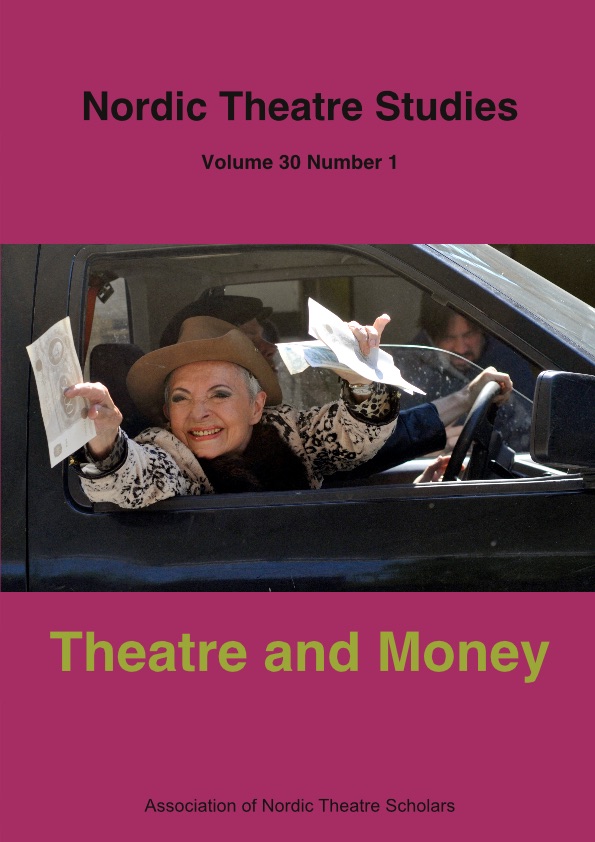The Influence of Natural Monopolies on Cultural Democracy in the Performing Arts in Estonia
DOI:
https://doi.org/10.7146/nts.v30i1.106916Keywords:
Cultural democracy, natural monopolies, Estonian theatre system, state subsidies for performing artsg artsAbstract
The core question of this article is to what extent has the state set securing cultural democracy (vs. the democratisation of culture as defined by François Matarasso and Charles Landry1[1]) in the performing arts in Estonia as its policy goal. In Estonia, the theatre field is dominated by natural monopolies. These are companies that receive most of the financial subsidies in a respective field, making it economically non-viable for any other company to duplicate these resources. In Estonia, there are eight state-owned theatres (called G8-theatres) that collect, on average, 60% or more of the state subsidies for theatres, the state-subsidized theatre visits and the total income from ticket sales. As stated in the Competition Act of Estonia, company or companies that earn more than 40% of the turnover of the whole market are considered natural monopolies. Therefore, the G8-theatres are natural monopolies. The question whether the Estonian state has done enough to compensate non-governmental theatres (called NonGov theatres) for the aggregation of resources to natural monopolies is one of the main focuses of this article. Here, two strategies are analysed: the activity of the Cultural Endowment of Estonia and the state's attempt to invest in building an alternative infrastructure for NonGov theatres.
[1] François Matarasso and Charles Landry, Balancing act : twenty-one strategic dilemmas in cultural policy, Cultural Policies Research and Development Unit, Policy Note No. 4, Council of Europe Publishing, Belgium 1999, p 13–14.
References
Competition Act.
https://www.riigiteataja.ee/en/eli/ee/Riigikogu/act/501062017001/consolide
The general principles of the cultural policy up to 2020
http://www.kul.ee/sites/kulminn/files/culture2020_eng.pdf
Girard, Augustin (in collaboration with Geneviève Gentil) 1983. Cultural development: experiences and policies.The United Nations Educational, Scientific and Cultural Organization (UNESCO) France. (first published in 1972)
Karulin, Ott. 2014. ”Eesti teatri G8.” Sirp, 18 Sept 2014.
Matarasso, François & Charles Landry. 1999. Balancing act: twenty-one strategic dilemmas in cultural policy, Cultural Policies Research and Development Unit, Policy Note No. 4, Council of Europe Publishing, Belgium.
Towse, Ruth. 2010. A Textbook of Cultural Economics. New York: Cambridge University Press.
Downloads
Published
How to Cite
Issue
Section
License
The copyright belongs to the authors and Nordic Theatre Studies. Users can use, reuse and build upon the material published in the journal but only for non-commercial purposes. Users are allowed to link to the files, download the files, distribute the files on a local network (preferably by links), upload the files to local repositories if their institutions require them to do so, but not republish the files without proper agreements with the journal and the author.

